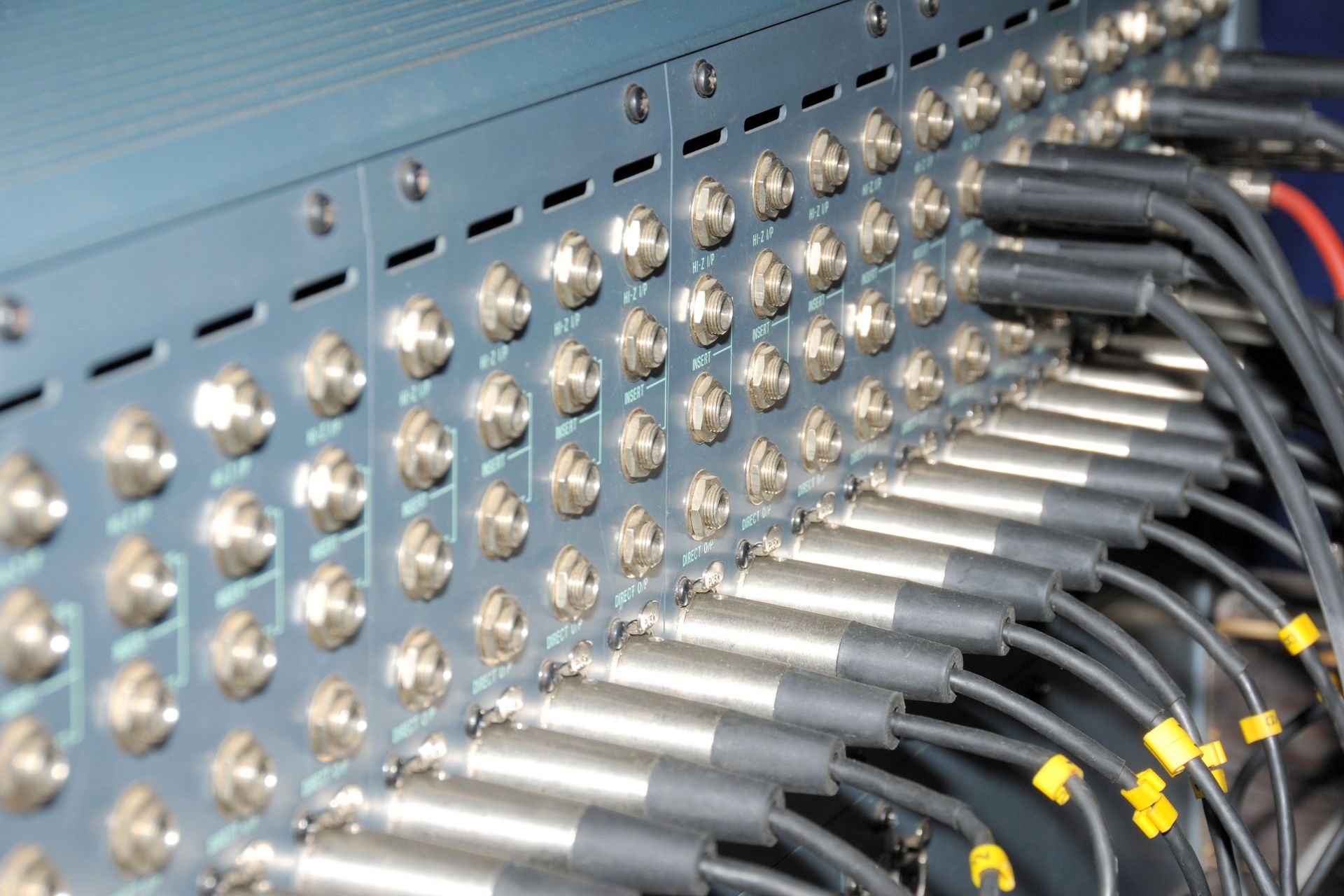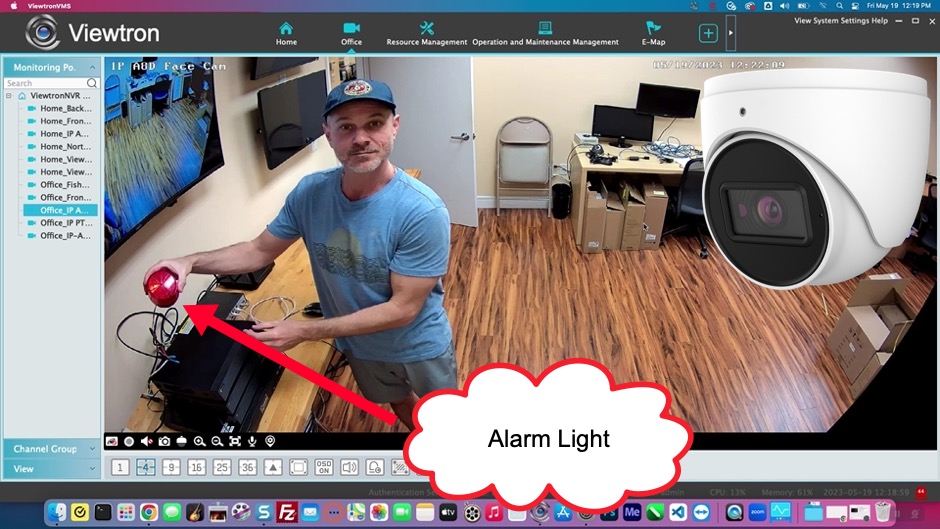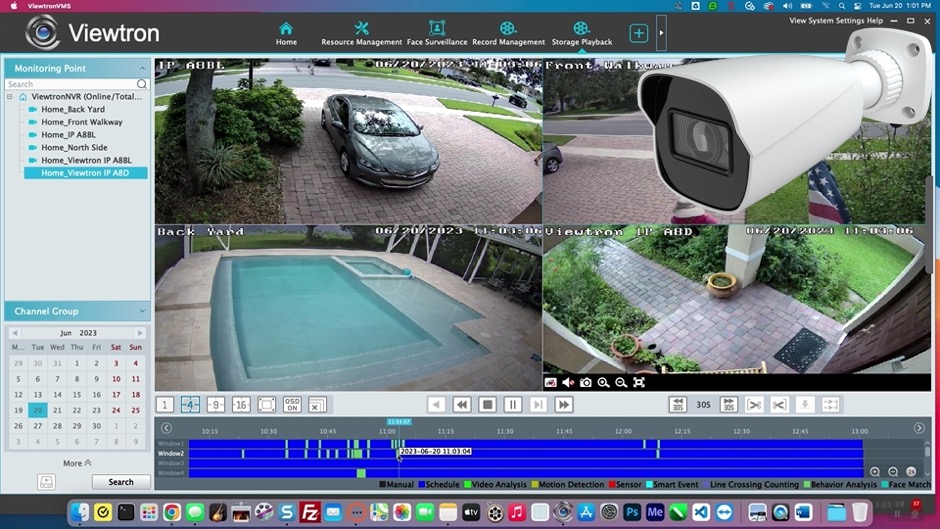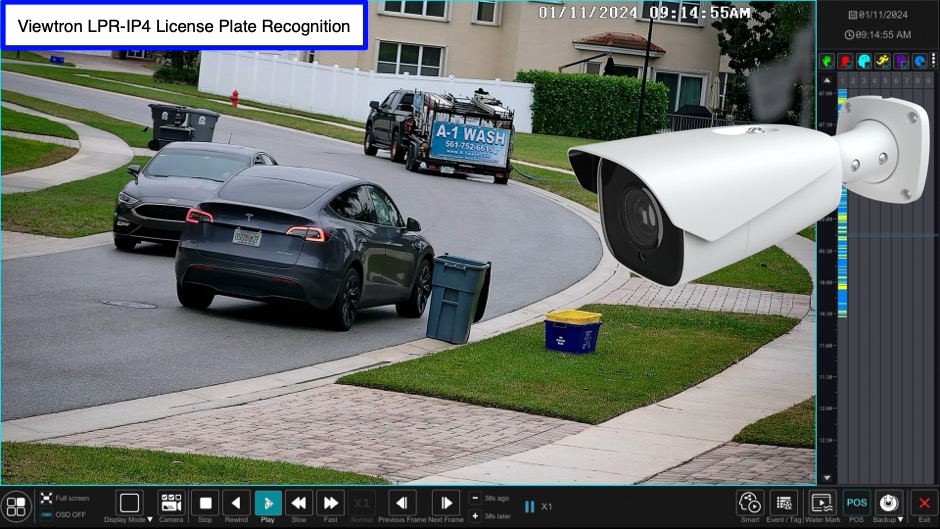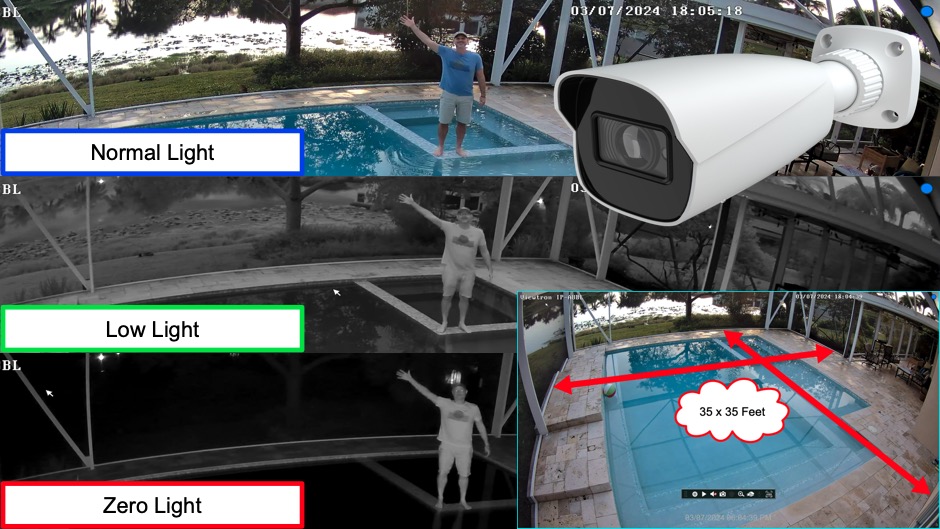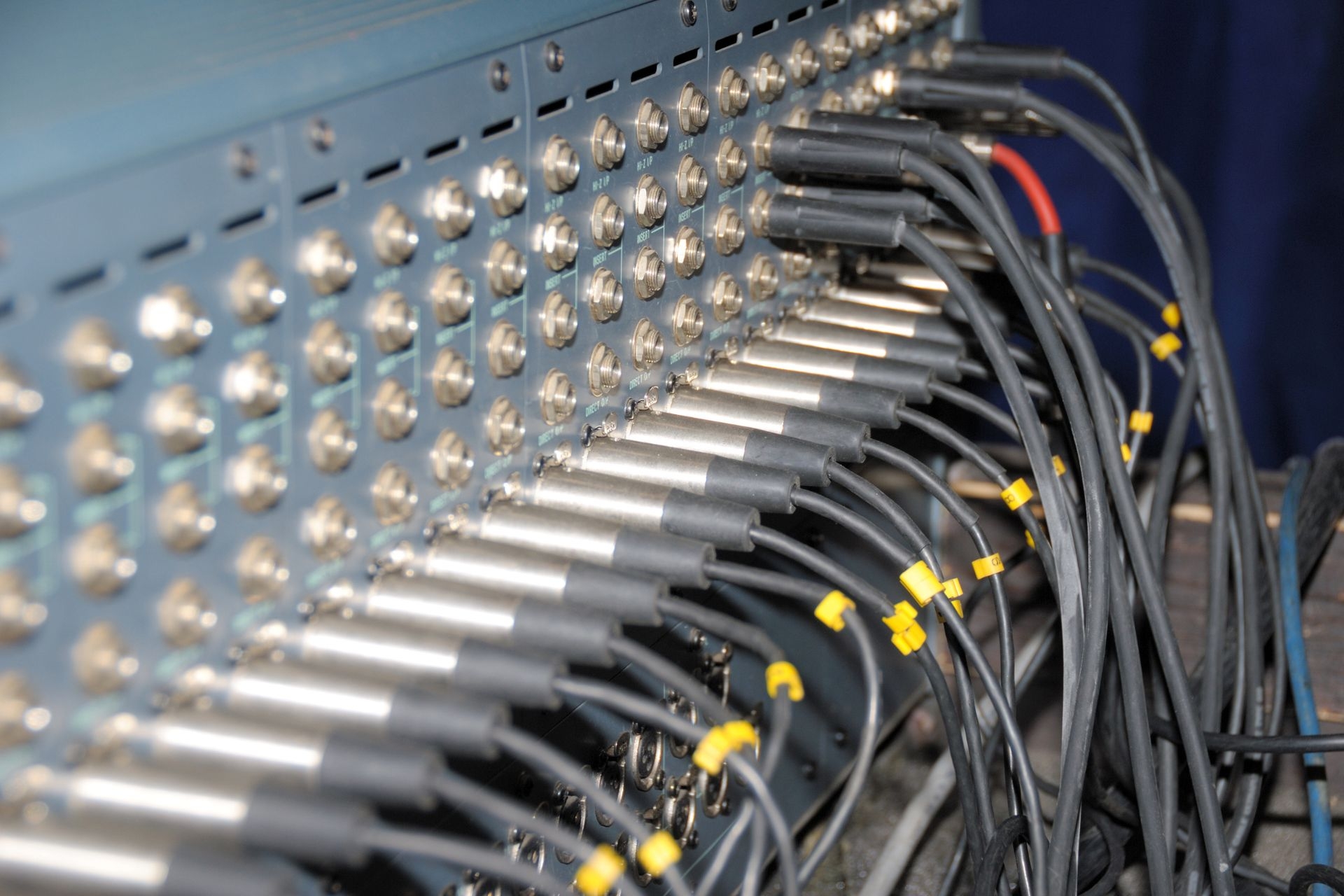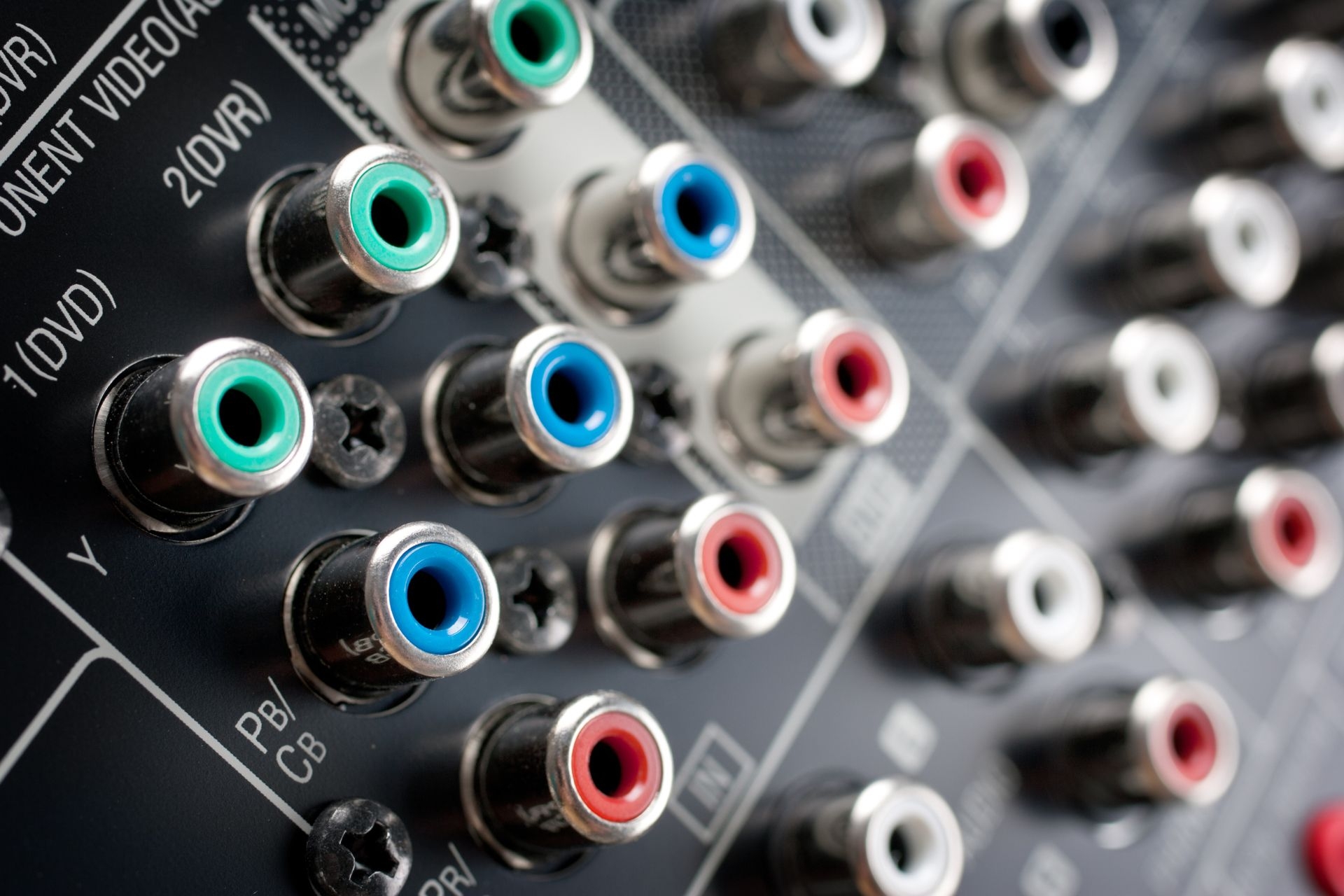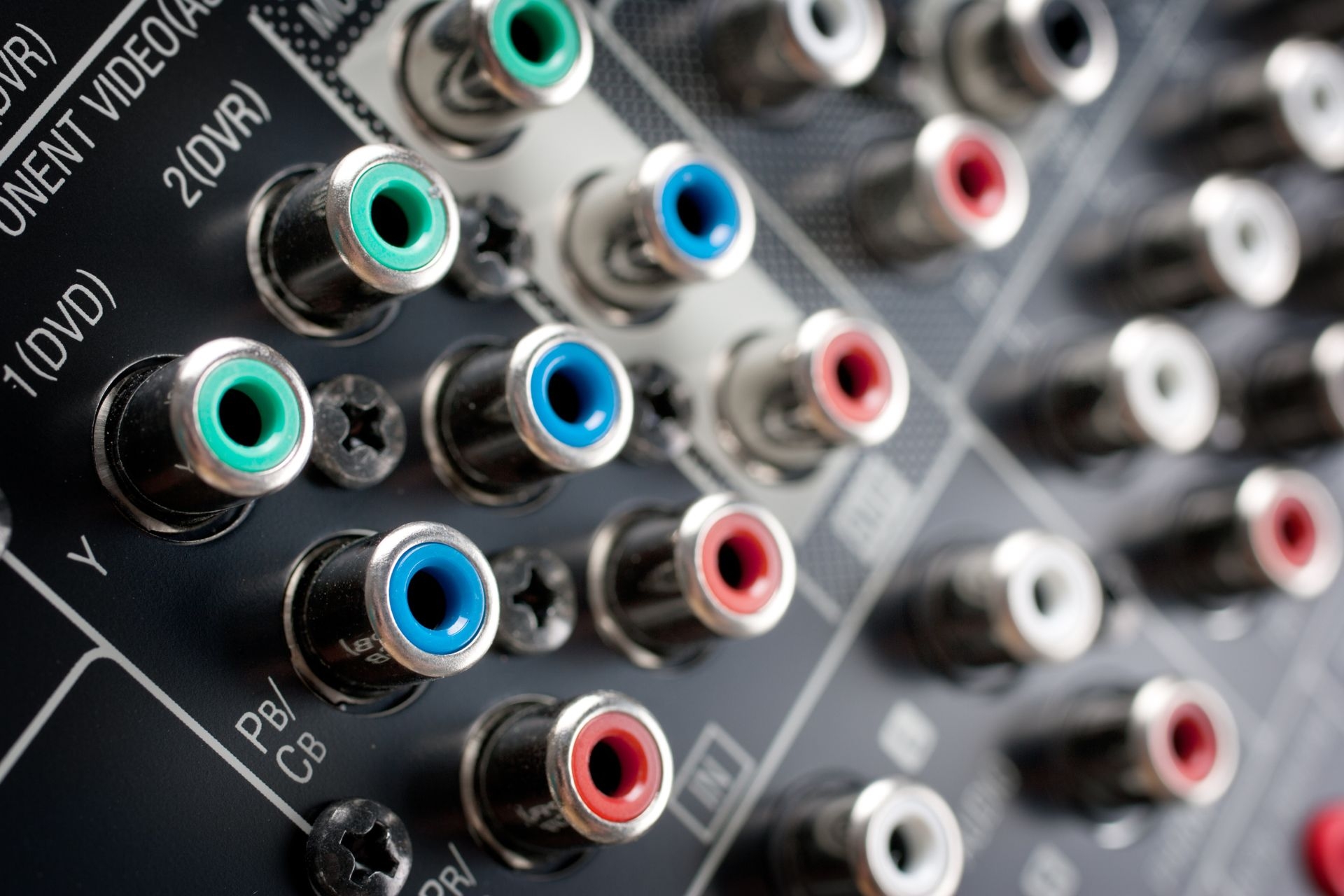Pan-Tilt-Zoom (PTZ) Cameras
How do PTZ cameras differ from fixed cameras in terms of functionality?
PTZ cameras differ from fixed cameras in terms of functionality by offering the ability to pan, tilt, and zoom, hence the name PTZ. This means that PTZ cameras can be remotely controlled to change the direction they are facing, providing a wider field of view compared to fixed cameras that are stationary and have a fixed field of vision.
Outdoor Commercial Security Camera Installation Equipment and Strategies
